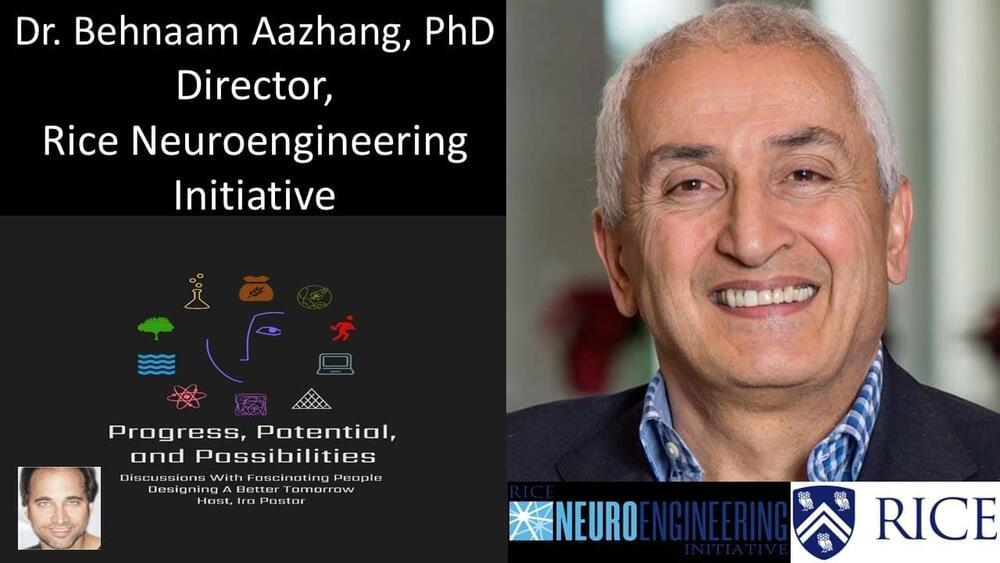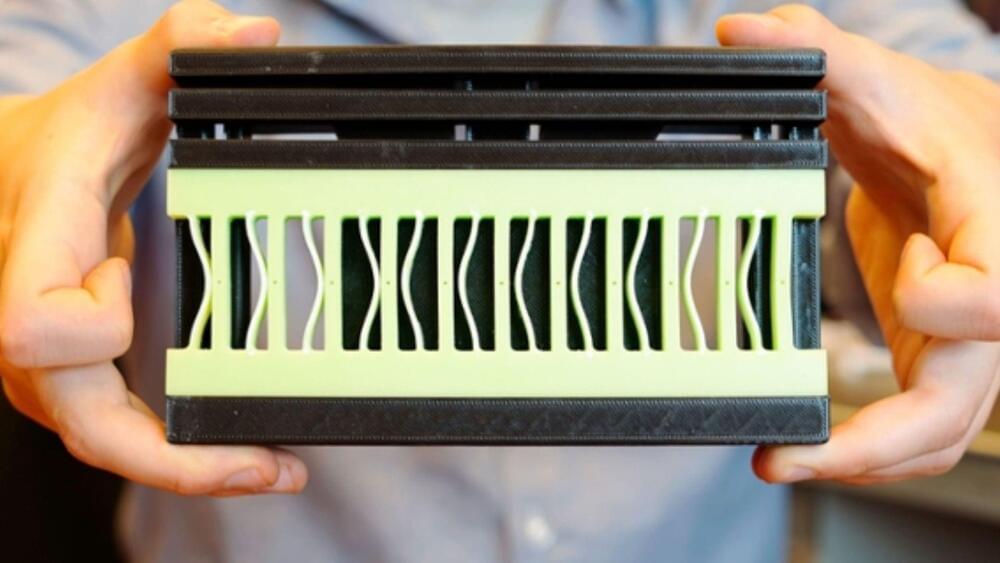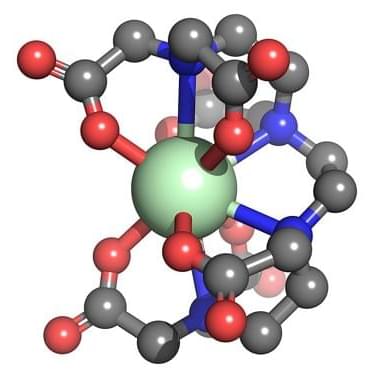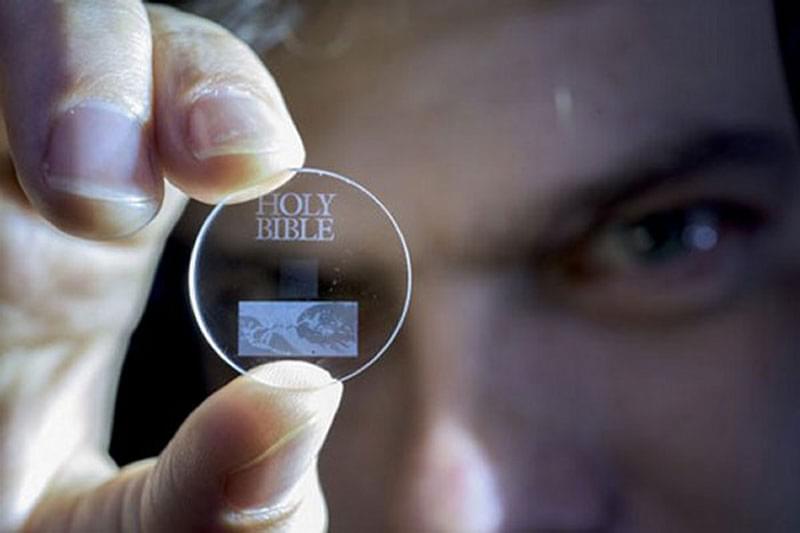Jul 7, 2023
All Animal Intelligence Was Shaped by Just Five Leaps in Brain Evolution
Posted by Kelvin Dafiaghor in categories: computing, neuroscience
The animal world is full of different types of intelligence, from the simple bodily coordination of jellyfish to the navigation abilities of bees, the complex songs of birds, and the imaginative symbolic thought of humans.
In an article published this week in Proceedings of the Royal Society B, we argue the evolution of all these kinds of animal intelligence has been shaped by just five major changes in the computational capacity of brains.
Each change was a major transitional point in the history of life that changed what types of intelligence could evolve.

















